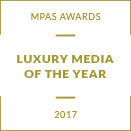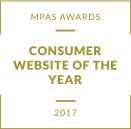Liu Tingzhi’s material library is an odd one. While other design studios’ inventories comprise timber or fabric samples, Liu’s contains materials made from oyster and glass waste, old Kit Kat boxes, discarded textiles, plastics and even food.
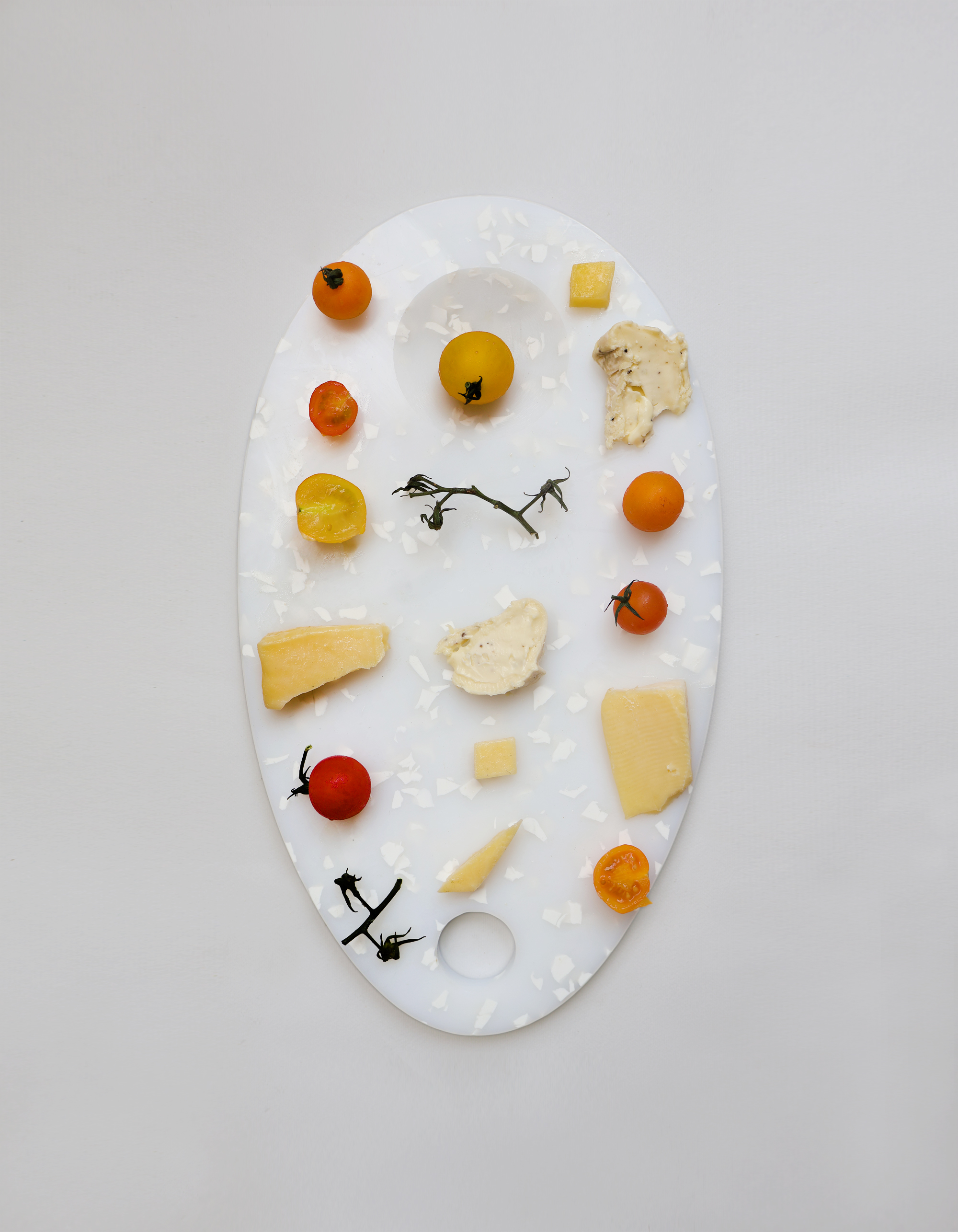 WASTD's first in-house design is the Do-All serving platter that uses 100% re-purposed plastic offcuts, is food safe, and BPA-free
WASTD's first in-house design is the Do-All serving platter that uses 100% re-purposed plastic offcuts, is food safe, and BPA-free
The founder of design studio WASTD, works with brands and clients such as Birds of Paradise, Tanjong Beach Club, and Fura to create original ecological materials from waste. A recent project with Paper Plane Architects saw emerald-green bottles crushed into micro bits to produce mint-coloured panels for a bar counter. Narrative-wise, this is brilliant.
Founded in 2024, WASTD is relatively new but has already been kept busy with aligned partners. Liu states that the seeds of the business were founded much earlier. “For about three years prior, I had been thinking about tinkering with waste, exploring recycling, upcycling and what it means to work with better materials.”
The “quiet passion project on the side” that saw Liu experimenting after hours and on weekends became a full-time job after Liu was convicted of her cause. But she believes that this was a natural progression of her creative and entrepreneurial mindset from young. “At 16, I was making my own bracelets and skirts because I couldn’t find anything I liked and with my parent’s encouragement, I started selling them on LiveJournal back when that was a thing,” she shares.
(Related: A conscious approach to the table)
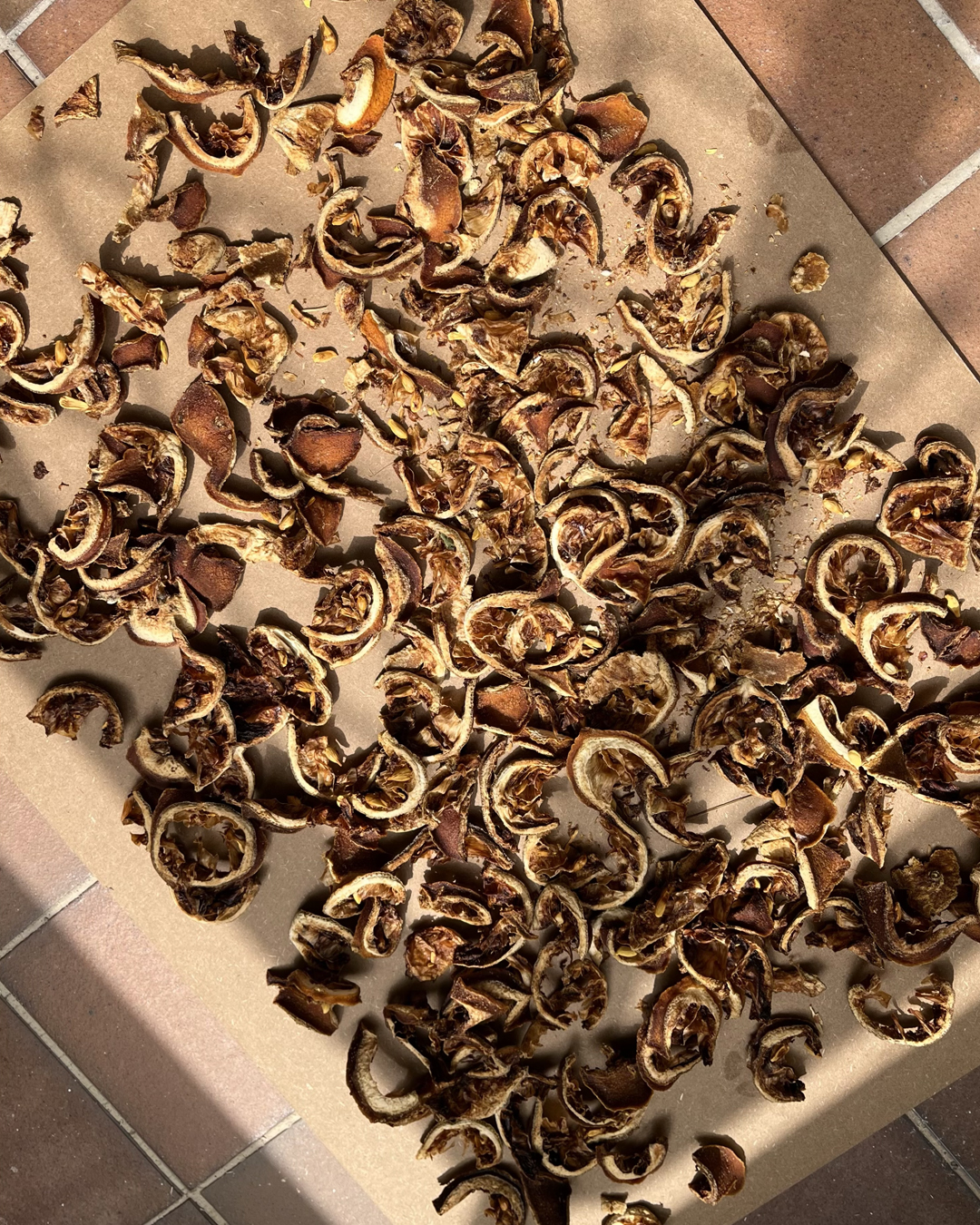 Birds of Paradise's kitchen botanical waste and pallet wood were reused into tabletops
Birds of Paradise's kitchen botanical waste and pallet wood were reused into tabletops
After completing a fashion degree at Central Saint Martins in London, specialising in textiles and material design, Liu had stints at luxury fashion houses including Dior, Celine and Alexander McQueen; always, the designer worked in the brands’ materials and product development teams. Five years ago, Liu returned to Singapore where she joined home-grown brand, Love Bonito There, she was in charge of product assortment strategy, design, materials sourcing and production.
On her fascination with waste, Liu explains, “Coming from a design background and having worked within very consumer-facing brands, I was always deeply embedded in the production and supply chain. And when you’re that close to it, the amount of waste generated isn’t an abstract issue. You read about it in the news; it’s real, it’s right next to you.”
It was also personal conviction. “As a designer, I’ve always believed the world around us is built – not found. So there’s a responsibility to build better,” says Liu, who pondered if ‘better’ materials could be made from waste. “The question became: how can we take something of low value and overlooked, and transform it into something beautiful, culturally resonant and even desirable,” she said.
(Related: Meet Ken Yuktasevi, the designer behind Singapore's buzziest hotspots)
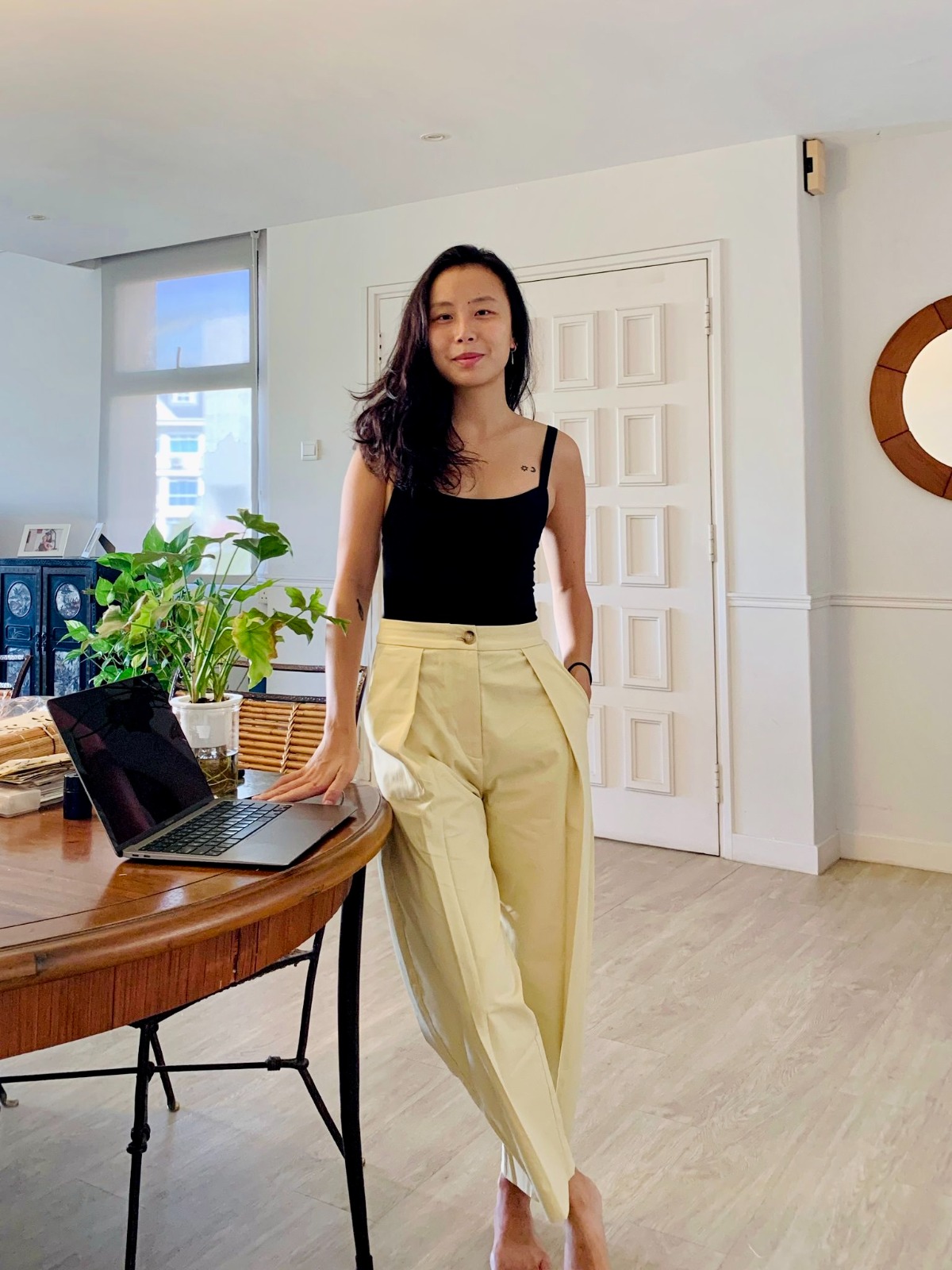
“As a designer, I’ve always believed the world around us is built – not found. So there’s a responsibility to build better." - Liu Tingzhi
On what defines a ‘better’ material’, Liu responds, “A material is only ‘better’ if it reduces impact across its entire life cycle – from the raw material extraction, to processing, to use, and end-of-life.” She believes in using only existing waste “to skip the resource-heavy extraction phase and minimise virgin carbon impact right from the start.” The processes also see similar dedication to low-energy methods whenever possible.
Each material offers different possibilities. “No material is perfect and each has its trade-off, but we design with intention at every stage, and we’re constantly working to improve not just how beautiful a material is, but also how responsible it can be too,” Liu reflects. She believes that WASTD’s aesthetics, soul and storytelling are what define the brand from other similar initiatives. “Often, recycled designs deprioritise beauty. But I believe design has the power to shift culture, and the moment you make something visually striking, emotionally relatable and proudly displayed in everyday spaces. That’s when people start to engage, reflect and act,” she expounds.
A product’s final function and form is the result of a “balancing act”. For example, a tabletop needs to be durable and heat resistant. “But if it’s a lamp, we can push for more translucency and sculptural qualities. It’s an iterative back-and-forth of sampling, testing and refining until we find something that’s not just functional, but also visually striking,” says Liu.
(Related: Design meets purpose)
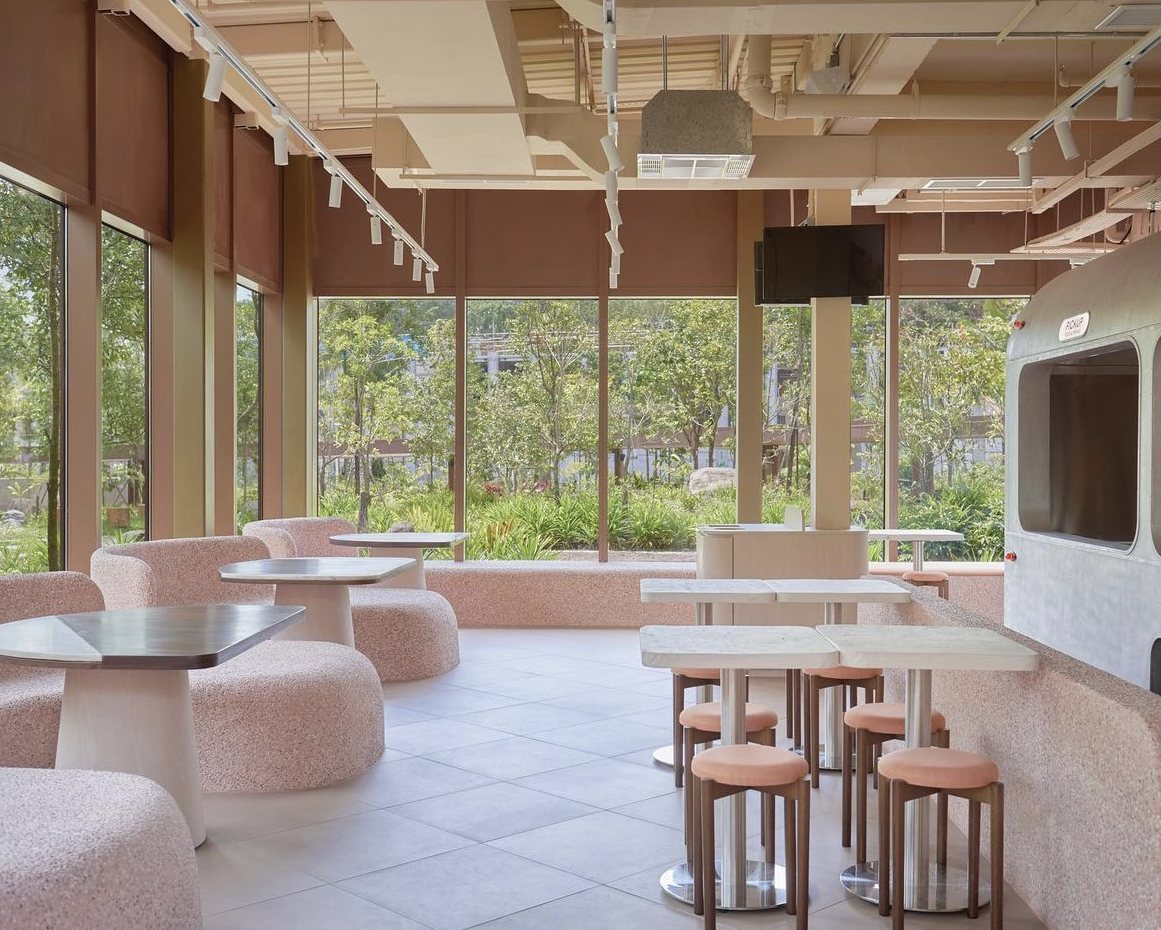 WASTD collaborated with design studio Hjgher to create surface materials for Birds of Paradise's dine-in store at Mandai Bird Paradise
WASTD collaborated with design studio Hjgher to create surface materials for Birds of Paradise's dine-in store at Mandai Bird Paradise
Singapore’s unforgiving rental landscape saw WASTD working out of shared studios and time-based rentals at the start. While it has recently moved into its first-ever dedicated studio, Liu analyses that the company’s former rootless situation has shaped its DNA into one that is “nimble, experimental and always resourceful.”
One of its upcoming experimentations is a self-initiated project to be launched soon. It is a storytelling series on its social channel where the team will pair overlooked waste types with a design inspiration to create completely novel products. “It could be eggshells inspired by coral reef, or red plastic bags turned into sculptural lighting. The idea is to challenge ourselves creatively while making the invisible visible,” says Liu.
One should look at waste beyond something to discard, she reiterates. This really is the starting point. “We don’t need more stuff, but need more imagination. If we can shift how people feel about waste, if we can spark delight, curiosity or even just a second glance, then we’re already changing the story.”







 WASTD's first in-house design is the Do-All serving platter that uses 100% re-purposed plastic offcuts, is food safe, and BPA-free
WASTD's first in-house design is the Do-All serving platter that uses 100% re-purposed plastic offcuts, is food safe, and BPA-free
 Birds of Paradise's kitchen botanical waste and pallet wood were reused into tabletops
Birds of Paradise's kitchen botanical waste and pallet wood were reused into tabletops


 WASTD collaborated with design studio Hjgher to create surface materials for Birds of Paradise's dine-in store at Mandai Bird Paradise
WASTD collaborated with design studio Hjgher to create surface materials for Birds of Paradise's dine-in store at Mandai Bird Paradise

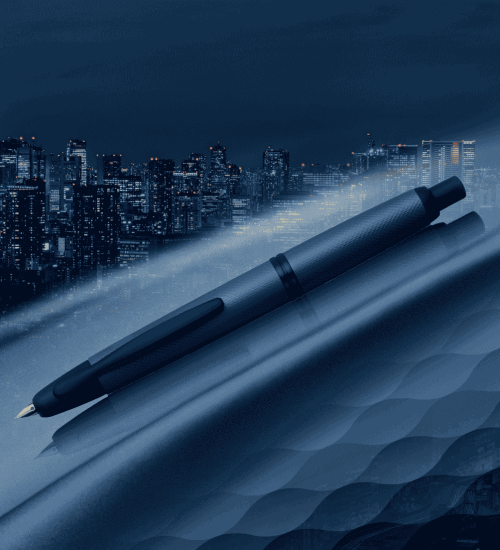
-NAC Facade L2.jpg&w=500&h=550&crop-to-fit)

 Back
Back